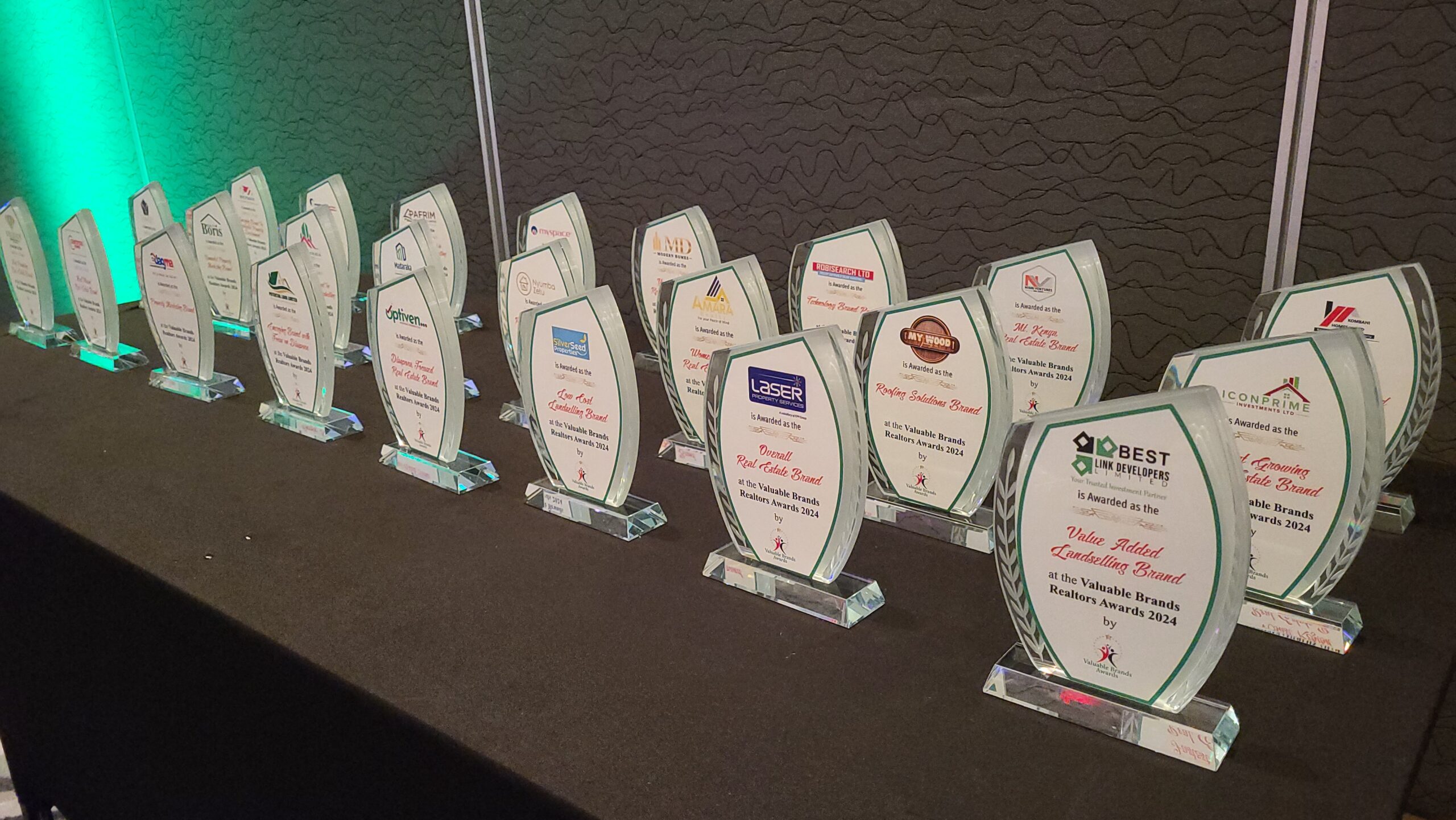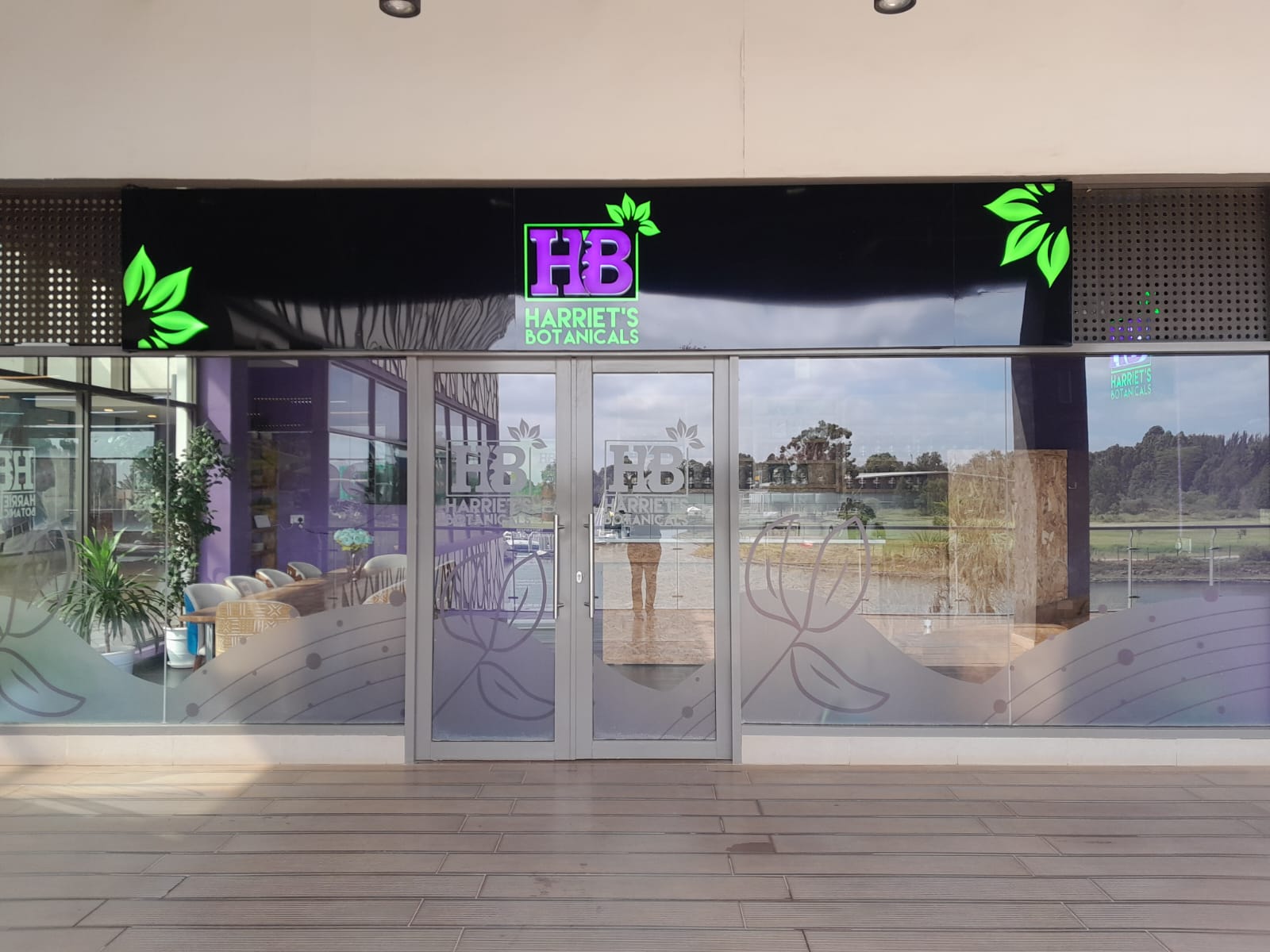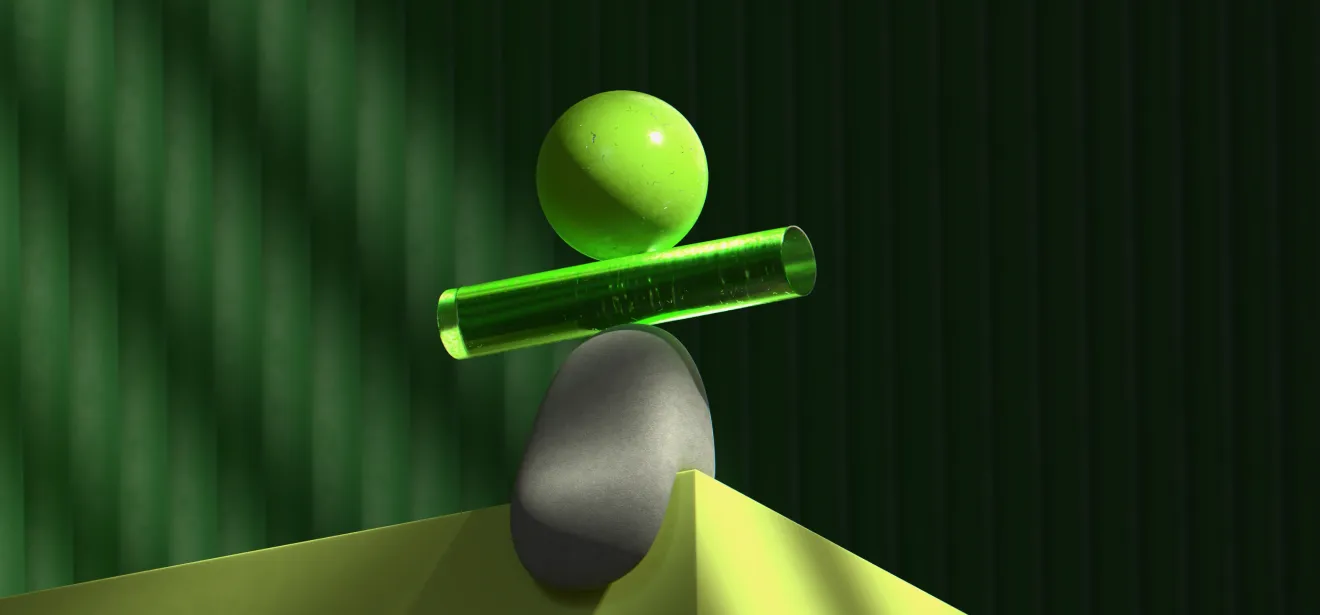Introduction
In Kenya’s competitive business environment—from Nairobi’s busy streets to emerging markets like Kisumu and Eldoret—outdoor signage plays a crucial role in attracting customers and building brand presence. However, many businesses, especially SMEs, fall into common traps when designing their signage, which undermines their investment and limits their impact.
This article explores the top five mistakes Kenyan businesses make with outdoor signage design and offers practical advice on how to avoid them to maximize visibility, brand value, and customer engagement.
1. Overcrowding the Design
Why It Happens
In an effort to include every detail—products, services, contact info, slogans, and logos—business owners often overload their signs with too much information.
Consequences
-
Reduced readability from a distance.
-
Confused or distracted viewers who don’t know where to focus.
-
Lost opportunity for clear brand messaging.
How to Fix It
-
Keep text minimal and focused on key messages.
-
Use bold fonts and contrasting colors to improve legibility.
-
Prioritize one call-to-action (CTA), such as “Visit Us Today” or “Call Now.”
-
Leverage multiple signs if more info is needed rather than cramming one sign.
2. Ignoring Visibility and Location Context
Why It Happens
Signage designers often fail to consider where and how the sign will be viewed—distance, angle, lighting conditions, and competing visuals.
Consequences
-
Signs that blend into the background or are obstructed.
-
Poor visibility during day or night, reducing impact.
-
Ineffective use of available space.
How to Fix It
-
Conduct a site assessment for viewing angles and distances.
-
Choose appropriate size and font scale.
-
Incorporate lighting for nighttime visibility.
-
Position signs to avoid obstructions like trees, poles, or other signs.
3. Neglecting Brand Consistency
Why It Happens
Some businesses use random colors, fonts, or graphics that don’t align with their existing brand identity.
Consequences
-
Weak brand recall due to inconsistent visuals.
-
Confusion among customers.
-
Missed opportunity to build trust and professionalism.
How to Fix It
-
Follow your brand style guide strictly for colors, typography, and logos.
-
Use professional designers familiar with your brand.
-
Regularly review signage against overall branding materials.
4. Choosing the Wrong Materials
Why It Happens
To cut costs, some businesses select cheap materials that degrade quickly under Kenyan weather—intense sun, rain, and dust.
Consequences
-
Fading, peeling, or rusting signs within months.
-
Poor impression of brand quality.
-
Additional costs for frequent replacements.
How to Fix It
-
Invest in durable materials suited for outdoor use like aluminum, acrylic, or treated wood.
-
Use UV-resistant inks and coatings.
-
Consult signage professionals about local climate considerations.
5. Skipping Professional Installation
Why It Happens
Business owners often opt for DIY installation or use inexperienced installers to save money.
Consequences
-
Crooked, unstable, or unsafe signs.
-
Premature damage due to poor mounting.
-
Potential legal issues from non-compliance with local signage regulations.
How to Fix It
-
Hire licensed, experienced signage installers.
-
Ensure permits and approvals are in place before installation.
-
Schedule regular maintenance inspections.
Bonus Tips for Effective Outdoor Signage in Kenya
-
Leverage Local Insights: Customize designs to local cultural nuances and language preferences (English, Kiswahili, or local dialects).
-
Integrate Lighting Thoughtfully: LED lighting is increasingly affordable and greatly enhances night visibility.
-
Focus on Simplicity: Aim for quick comprehension—most passersby have less than 5 seconds to view your sign.
-
Use Directional Signage: Help customers navigate complex areas like malls or business parks easily.
Conclusion
Avoiding these common mistakes can significantly boost the effectiveness of your outdoor signage and contribute to stronger brand presence and customer attraction across Kenya. Outdoor signage is a powerful tool—when designed and installed thoughtfully, it becomes your silent salesperson working 24/7.



